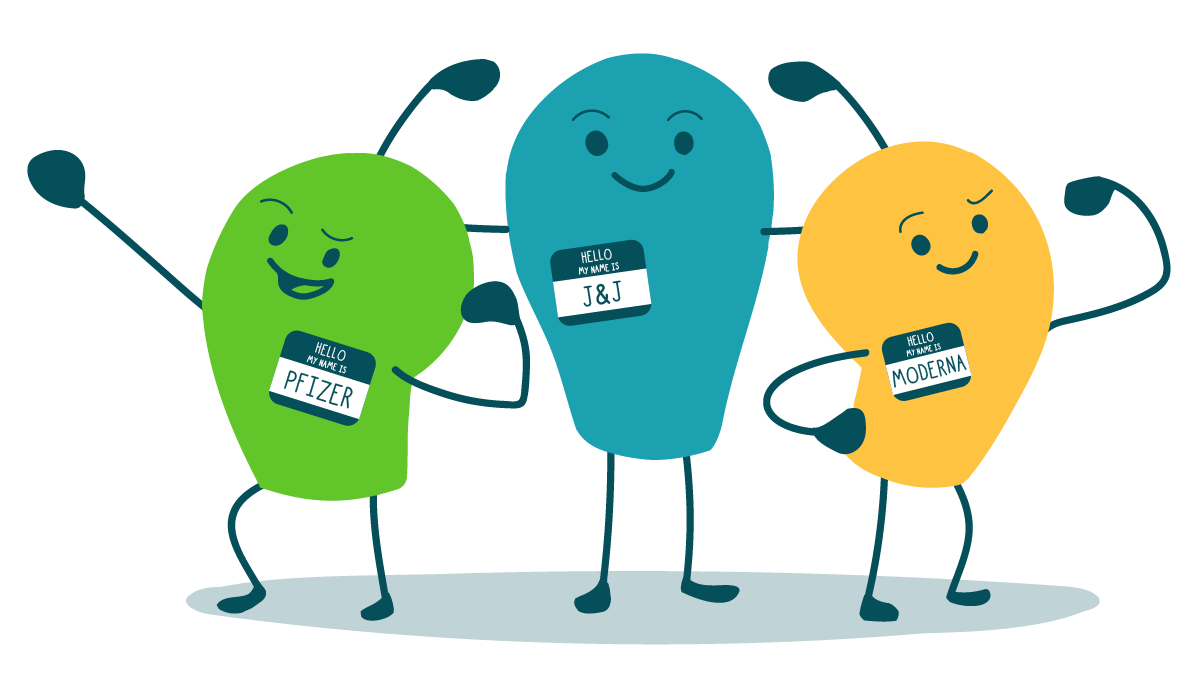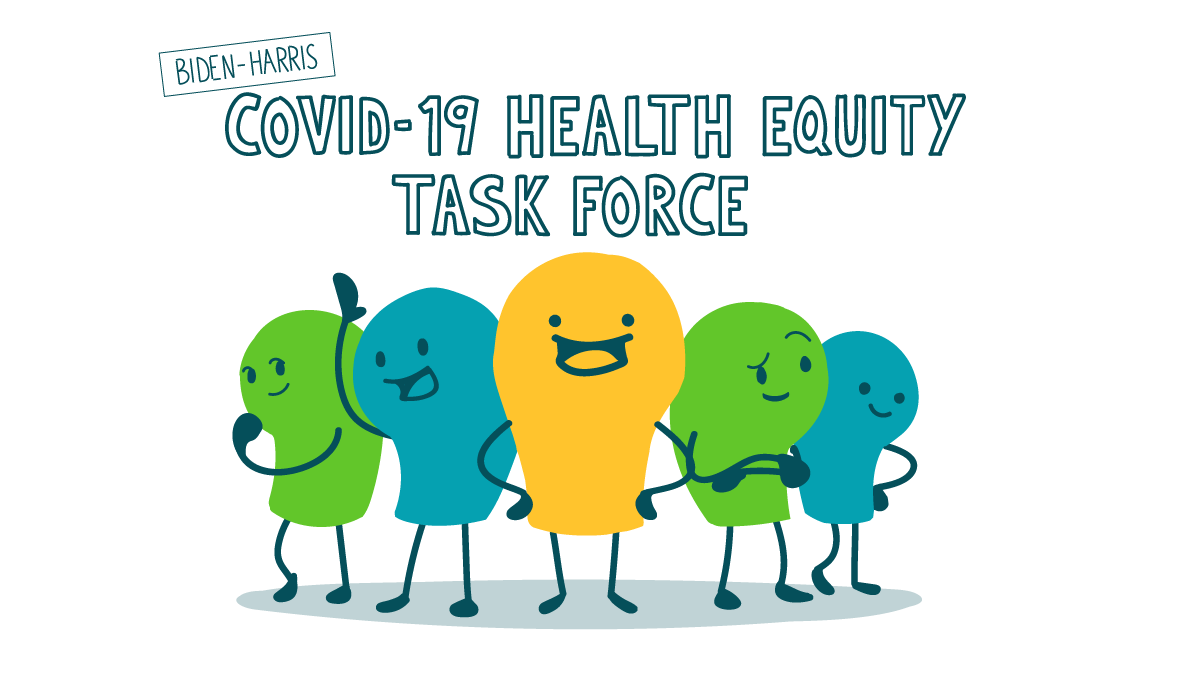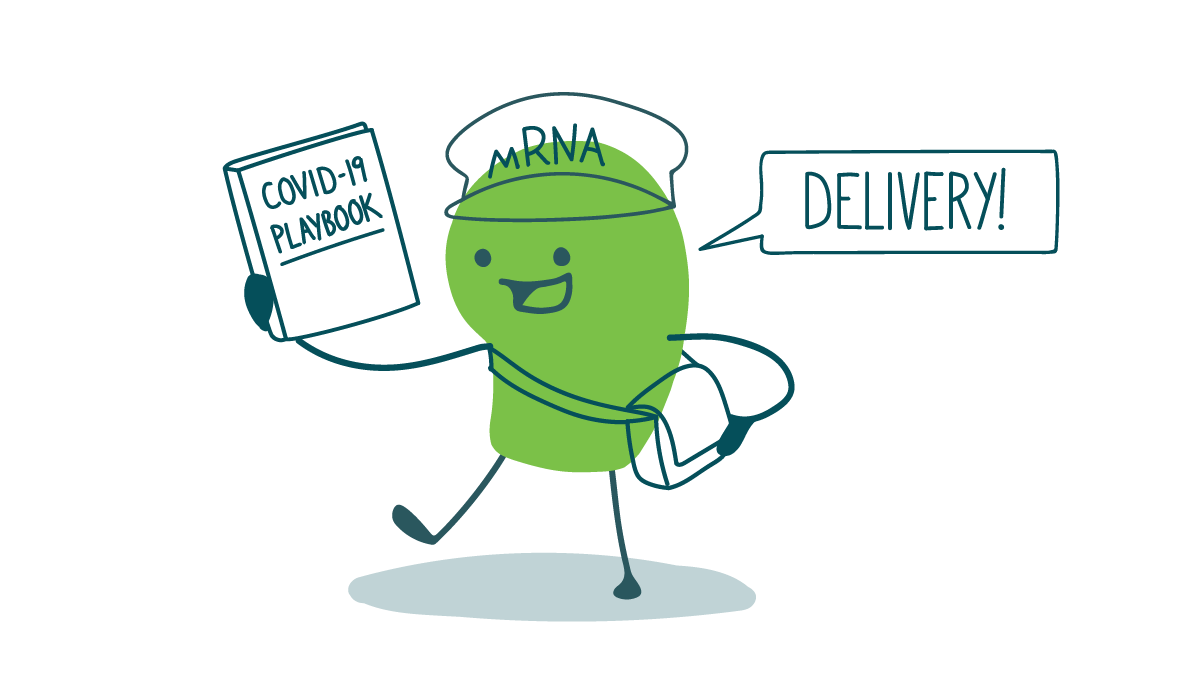
We spend a lot of time over here at We ❤ Health Literacy Headquarters thinking about how to combat coronavirus misinformation. And lately, we’ve been looking around for more effective ways to mythbust.
What’s wrong with regular old mythbusting, you ask? Just picture this chilling chain of events:
- A user lands on a webpage designed to dispel myths about COVID-19.
- They skim right over the word “myth” and see: “Drinking bleach can cure COVID-19.”
- Then they get a text/their doorbell rings/their cat jumps onto their neck and they never make it down to the part of the page explaining that no, drinking bleach can’t cure COVID. But it sure can kill you!
This rather extreme example shows why we usually let the facts speak for themselves — and avoid restating dangerous myths in our health content. But when a truly treacherous piece of false information just keeps circulating, sometimes you’ve got to squash it head-on.
Enter: the truth sandwich.
Linguist George Lakoff described this approach as a better way for political journalists to report on, well, lies (can’t imagine why they’d need it!). But we think it’s also a great tool for particularly sticky health misinformation.
Here’s how the truth sandwich works in Lakoff’s own words:
- Start with the truth. The first frame gets the advantage.
- Indicate the lie. Avoid amplifying the specific language, if possible.
- Return to the truth. Always repeat truths more than lies.
And here’s an example of how it could play out in health materials:
Never drink bleach. You may have heard that bleach can kill the coronavirus, but this only works on surfaces — not inside your body. Drinking bleach can cause serious illness and death, and it doesn’t cure COVID-19.
And there you have it! A health communication truth sandwich.
The bottom line: When you really need to dispel a myth, try serving up a truth sandwich.
Browse recent posts


